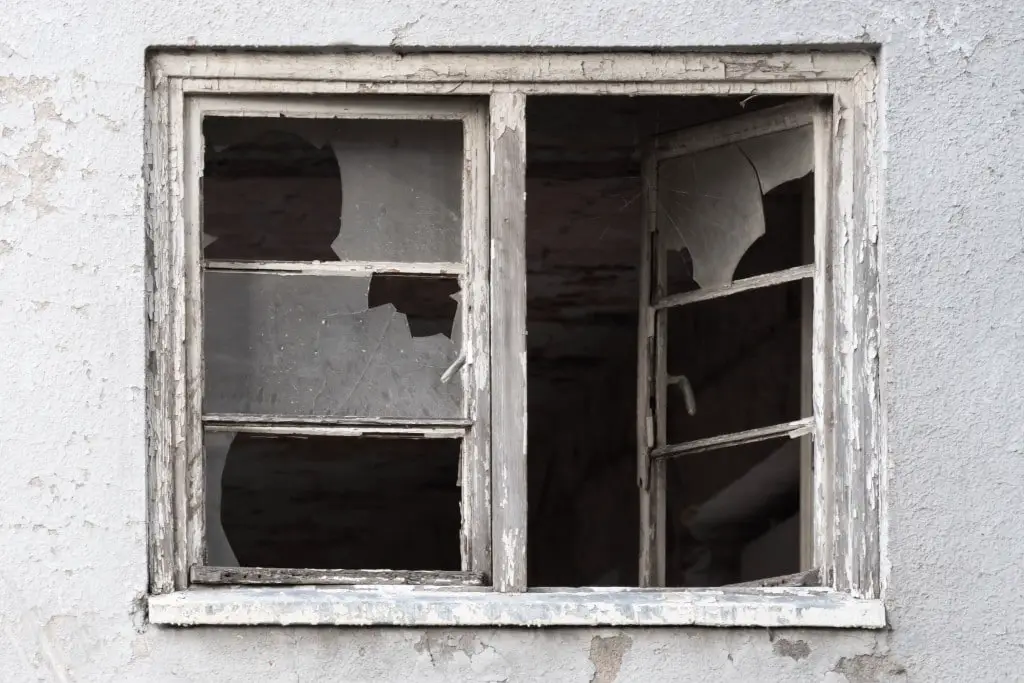Windows updates are very important because they keep your PC secure and ensure that your device is working well. Windows 10 has some great updates which are released time to time. But sometimes, you might be getting stuck after reaching a positive percentage of the update completion.
The update keeps ticking but does not receive any update files as it should have been done. This is when Windows Update Error Code 0x800704c7 makes you unable to install update and troubleshoot the issue.
The Windows Update error 0x800704c7 is one of the most annoying error I have ever come across. When an update fails, the updates are rolled back and you are left with a disabled feature. Updating errors may occur due to system corruption, conflicting background processes, or missing files.
It is important to figure out the exact problem in order to solve Windows Update Error 0x800704c7 . The error, generally, appears due to corruption of certain files which are required during the installation or running of the update.
There could be several reasons due to which files get corrupted or broken and Windows Update Error 0x800704c7 appears on your computer screen.
If you encounter Error 0x800704c7 while trying to install updates on your PC, then here’s what you need to do.
Solution 1 – Turn Off Your Antivirus
The error code 0x800704C7 can be triggered due to many reasons, and the most common of them would be third-party antivirus applications.
This isn’t a regular sort of program crash, but rather it is an exceptional error that does not find its solution by rebooting or restarting the system.
This error pops up when some or all of updates are being blocked by antivirus and in order to rectify this from happening again, you have to disable the third party antivirus program or remove the whole program altogether.
Solution 2 – Run the Windows Update Troubleshooter
Microsoft introduced the built-in Windows Update Troubleshooter when it launched Windows 10, as a solution for various issues with the Windows Update on PCs running its latest desktop operating system.
To get to the Windows Update Troubleshooter, select Start > Settings > Update & Security > Troubleshoot > Additional troubleshooters. When the window appears, select Windows Update > Run the troubleshooter.
Solution 3 – Use the System File Checker Tool
System File Checker (SFC) is a rather useful command line tool available on all versions of Windows. You can run it on Windows 7, Windows 8, and Windows 10.
System File Checker scans for bad, corrupt, missing, and changed files on your computer. This tool replaces FileCheck (scf.exe), a command-line utility that used to be available in the Resource Kit Tools.
Once you open an elevated command prompt (Start, Search, type “cmd”) as administrator. Click yes button to continue. On the Command Prompt, enter the following command below.
SFC /scannowThis scan can take a while depending on your system specs and will require a restart when done. After restarting your PC, try to update again from Windows Update.
Solution 4 – Use the Deployment Image & Servicing Management Tool
Deployment Image & Servicing Management (DISM) is one of the tools that Microsoft has baked into Windows 10. It’s a versatile tool that can prepare, modify, and repair system images. But it’s also good at fixing common problems with your computer’s hidden recovery image.
Chances are if your computer is running smoothly without any problems, you don’t need to mess with DISM much. But if your computer gets glitchy or starts experiencing problems, running DISM commands can fix a lot of issues.
To run DISM, open the Command Prompt and type:
DISM /Online /Cleanup-Image /RestoreHealthTry running Windows 10 after the tool completes.
Solution 5 – Perform a System Restore
System Restore, which wasn’t present in earlier Windows versions, was added to the Windows 7 and later Windows OS releases.
For this reason, error 0x800704c7 doesn’t exclusively arise for Windows 10 as it can come up on various other versions of Windows as well.
System Restore is an option available in Windows that allows you to roll back to the previous state of your computer’s system in case you are facing issues. System Restore points are saved at regular intervals and allow you to undo changes if any changes have caused a problem on your computer.
Solution 6 – Use the Media Creation Tool
If you’ve tried all of the above methods and decided to install the latest Windows version, whether it is Windows 7 or Windows 8, using the Media Creation Tool is your last resort.
This is a tool built by Microsoft to help the users upgrade/update their system to the latest version or even perform a fresh Windows installation. The best part about this tool is that it works with every single Windows operating system.
Whether it is Windows 10, Windows 8/8.1 or Windows 7, you can always use this tool to get the latest version installed.
The Media Creation Tool helps you download the Windows 10 operating system, update your current Windows with the latest version and even perform a fresh installation of the OS.






